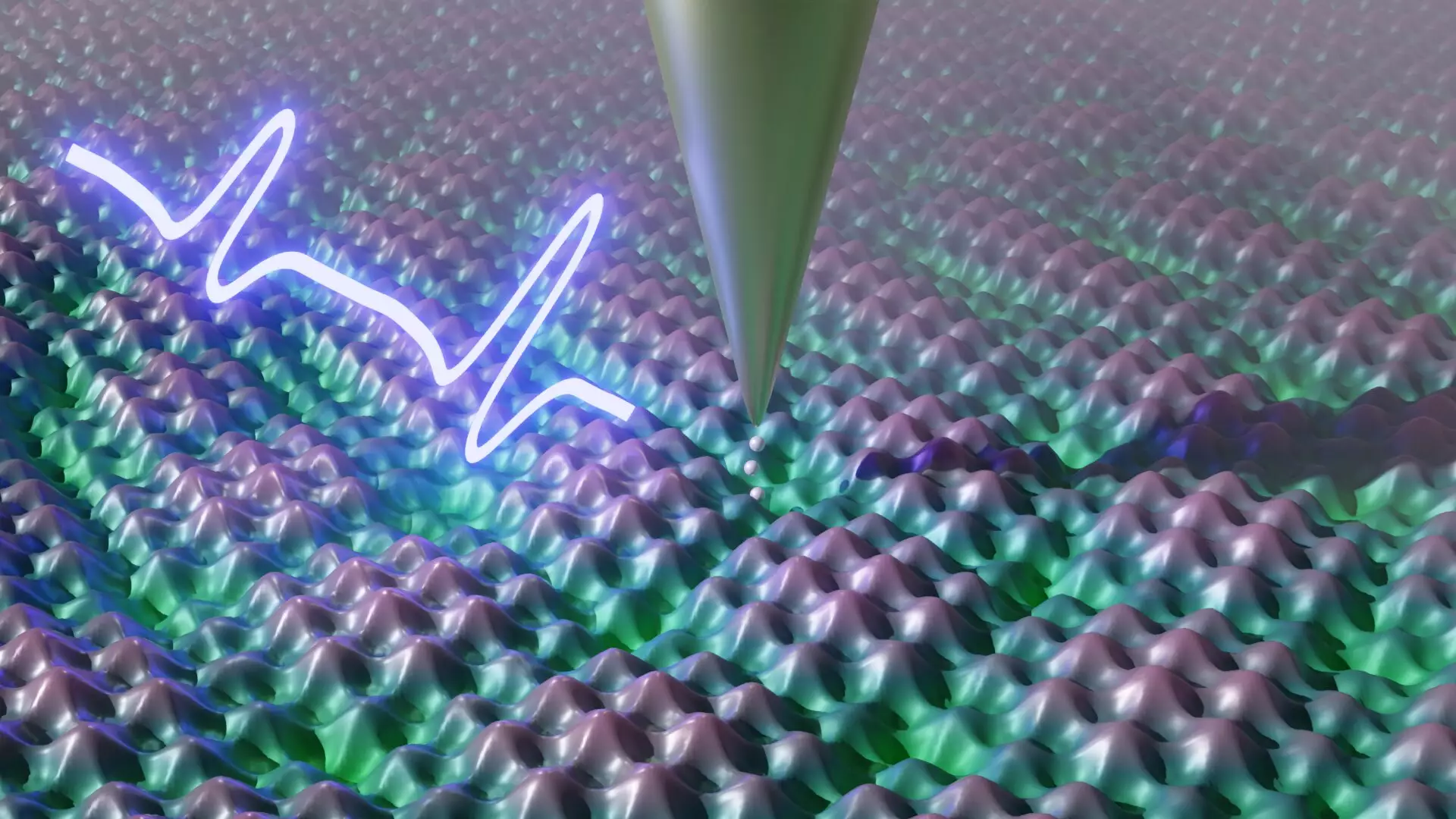The physicists at the University of Stuttgart, led by Prof. Sebastian Loth, have made significant strides in the development of quantum microscopy. This innovative technology allows for the observation of electron movement at the atomic level with exceptional spatial and temporal resolution. The potential applications of this method are vast, with the ability to revolutionize material development processes. The group’s findings, recently published in Nature Physics, showcase the unprecedented capabilities of this quantum microscopy.
The implications of this research reach far beyond mere observation. By delving into the movement of electrons within solids, the study opens up new avenues for understanding and manipulating material properties. Unlike traditional materials, advanced lab-created substances exhibit extraordinary behavior changes with minimal atomic adjustments. These alterations can trigger macroscale transformations, such as the shift from insulators to superconductors. The speed at which these changes occur, within picoseconds, highlights the intricate relationship between atomic and macroscopic phenomena.
The research group’s focus on the material composed of niobium and selenium sheds light on the collective electron motion in a charge density wave. By studying how a single impurity disrupts this motion, the scientists unveil the intricate dynamics at play within the material. Employing an ultrafast electrical pulse lasting just one picosecond, the team triggers nanoscale distortions within the charge density wave, leading to complex electron movements. These insights pave the way for targeted material design based on a nuanced understanding of impurity effects.
Prof. Loth emphasizes the paramount importance of atomic-level design in shaping material properties. Understanding how impurities influence electron behavior enables the deliberate engineering of materials with specific characteristics. This level of precision holds great promise for applications in ultra-fast switching materials for future sensors and electronic components. The ability to visualize individual atoms and their movements with both spatial and temporal accuracy sets this microscopy technique apart from existing methods.
One of the key challenges in developing quantum microscopy lies in balancing spatial and temporal resolutions. The integration of a scanning tunneling microscope with pump-probe spectroscopy allows for high-resolution imaging and precise time measurements simultaneously. The meticulous shielding of the laboratory setup from vibrations, noise, and fluctuations is crucial in capturing the subtle signals produced during the experiments. The team’s optimization efforts, achieving 41 million experiment repetitions per second, showcase their commitment to attaining exceptional signal quality.
The research conducted by Prof. Sebastian Loth and his team at the University of Stuttgart marks a significant advancement in the field of quantum microscopy. Their findings provide a deeper understanding of electron behavior at the atomic scale, paving the way for targeted material development. By overcoming technical challenges and pushing the boundaries of microscopy capabilities, the researchers demonstrate the transformative potential of their work in shaping future technologies and materials.


Leave a Reply